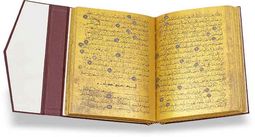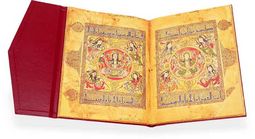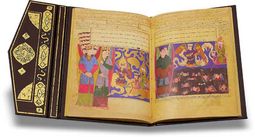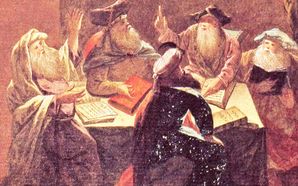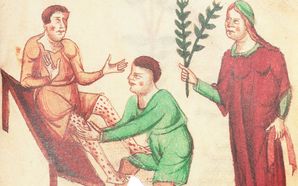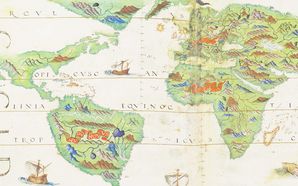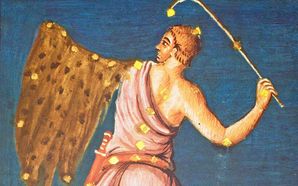Islamic
Islamic manuscripts, like their Christian and Jewish counterparts, range in topic from the strictly religious to the secular and even the blasphemous. Due to the strict ban on figures in religious texts, Islamic art developed extremely fine geometric and floral décor as well as truly extraordinary calligraphy, such as in the famous Golden Koran.
The Islamic world was the site of much of the most important scholarly work of the Middle Ages. Arab translations of Greek and Roman texts, preserving classical works lost in the West or only existing in fragments, proved invaluable to European scholars who were able to translate these works back into Greek and Latin, and then into their respective vernacular languages. From the 11th century onward, so-called Graeco-Arabic texts made their way to Europe via Moorish Spain and Sicily, where they were translated back into Greek and Latin by European scholars and then translated into the relevant vernaculars.
Muslim scholars distinguished themselves in the fields of philosophy, mathematics, astronomy, alchemy, cartography, and medicine in particular. On the other hand, Muslim bookmakers pioneered the craft of linen paper, creating a product that was cheaper than parchment but stronger than paper made from organic materials. Although relatively few specimens have survived to the present, Muslim manuscript culture is a crucial field of study that is finally starting to the get attention it deserves.
Demonstration of a Sample Page
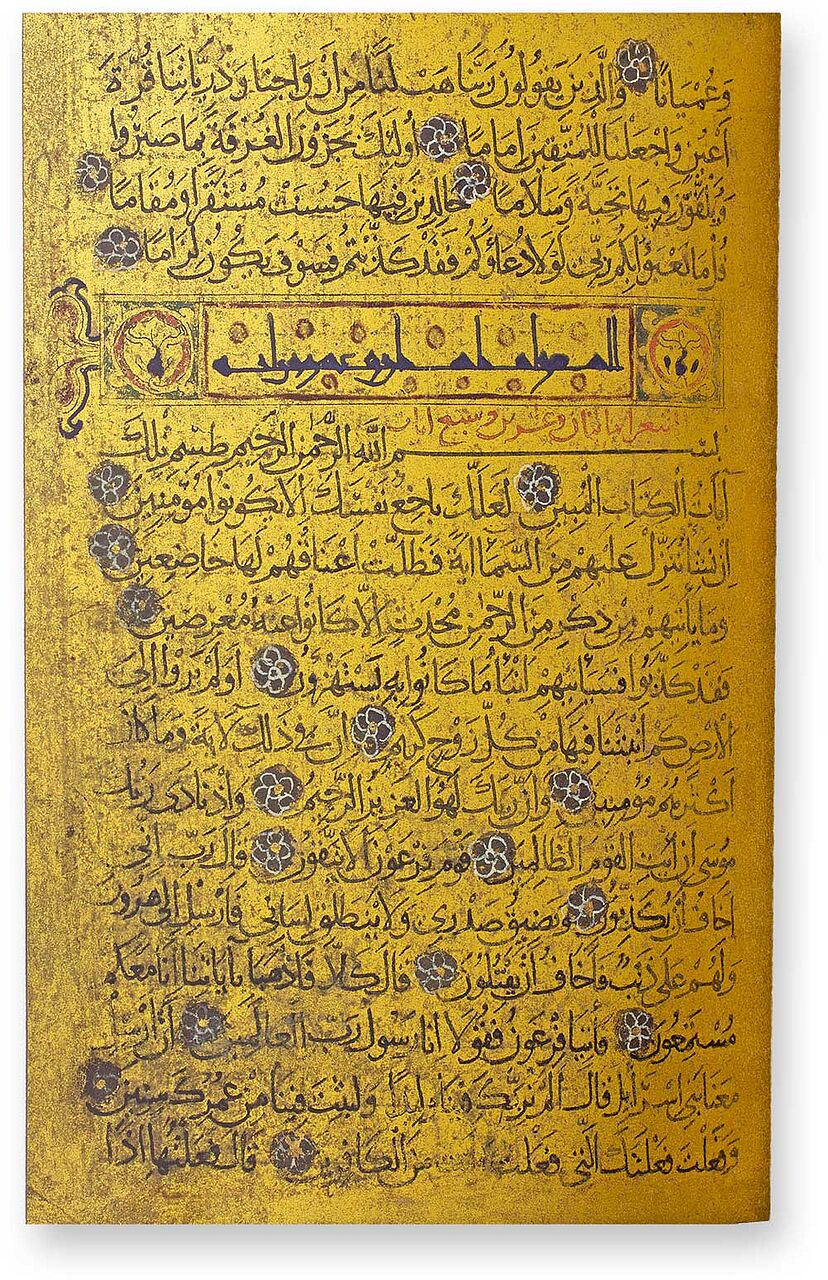
Golden Koran
Text Page with Surah Heading
Originating from the 11th century, this is arguably the finest Koran ever created because every page is coated with gold. It features calligraphy of the highest quality from the school of Ibn al-Bawwab written in black Naskh script on paper. Such is its desirability that only half of the original codex is still bound together, the rest sold off as single leaves.
The Surah (chapter) headings are framed, having either blue, white, or reddish brown script, and decorated with floral and arabesque patterns. Following the Surah headings, blue and silver rosettes separate the verses written in a dense yet clear hand. Due to the strict ban on figures in Islamic religious texts, the manuscript relies on intricate geometric and floral patterns for its decoration.

